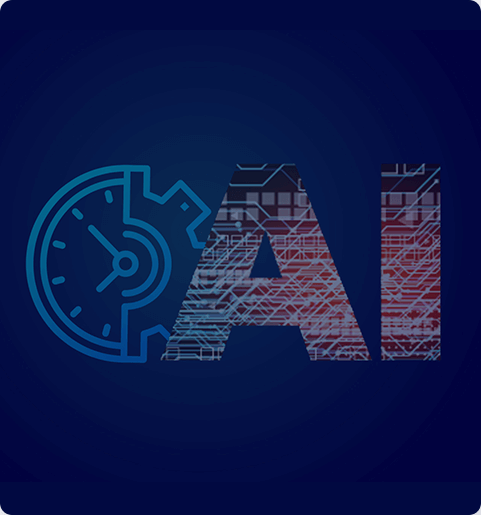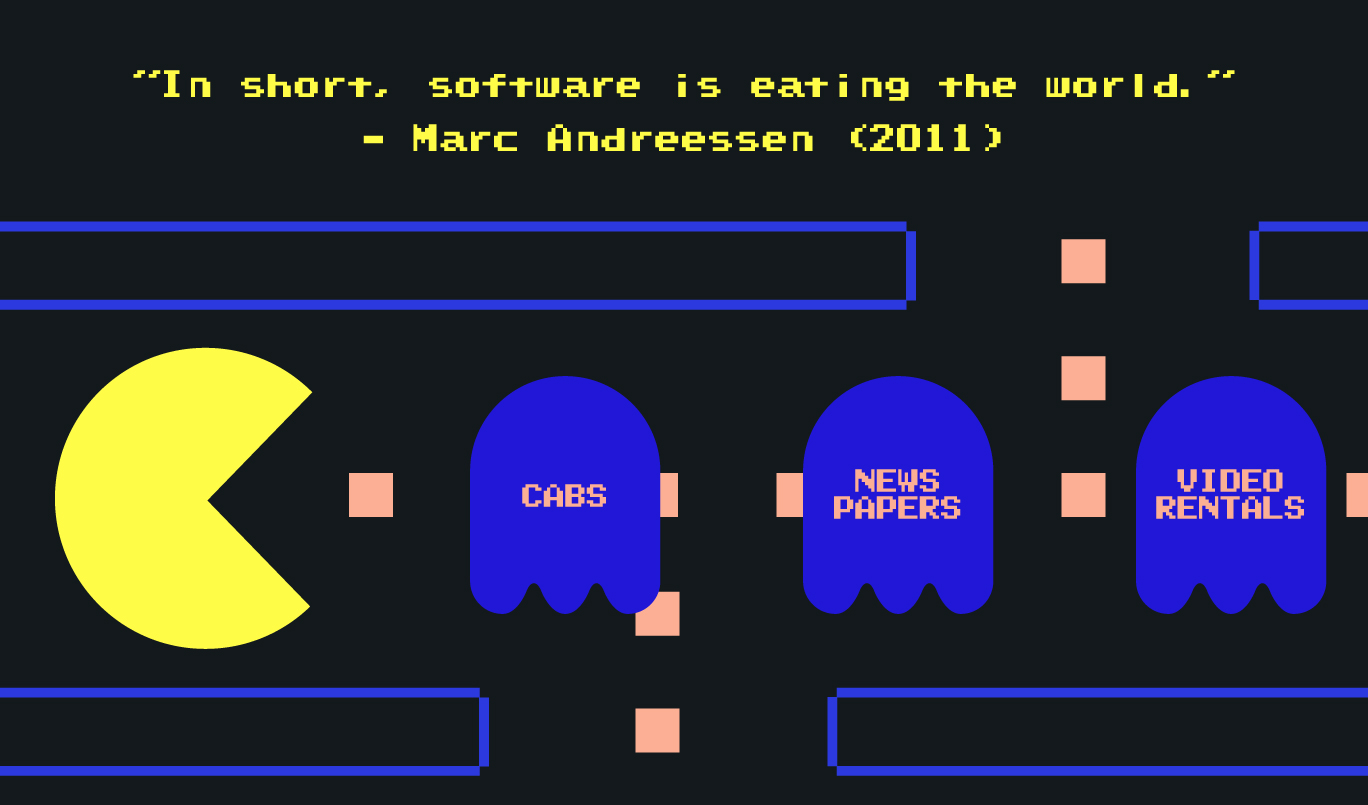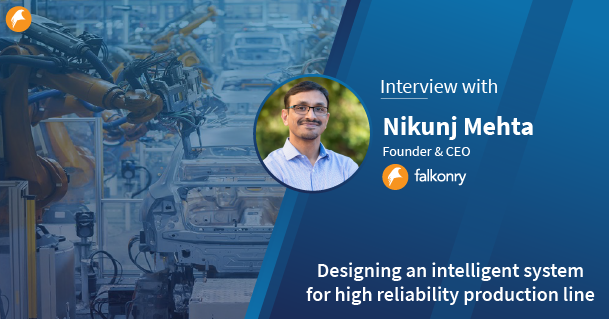Operational excellence meets modern software – Digitalization goes Agile
Key Takeaways:
- Just like Lean transformed manufacturing in the 90s, Agile transformed software development in the aughts and provided faster time to results.
- While heavy industry is very different from software, digitalization requires methods that quickly prove value similar to software. Therefore, Agile methods are being applied to improve industrial operations.
- Falkonry customer experiences demonstrate that the basic principles of Agile are well aligned with creating value in industrial digitalization projects. These are discussed in more detail.
How does Agile, a development philosophy built to accommodate the fast-moving nature of software, apply in heavy, capital intensive industries, where reliability and safety are paramount? Some examples from the Falkonry customer base provide insight into what an Agile digital transformation approach can enable.
In one case, at a major metal casting and forming company, an agile digital transformation team, including operations, was tasked with adopting predictive operations for equipment they saw as the most critical for their value chain. Based on rapid testing made possible with time series AI, they were able to establish priorities and set expectations around alerting and planned action.
- Rapid use case solution: The team has been able to expand from two high-profile use cases to dozens of use cases across several production lines in just over six months. These use cases target specific aspects of equipment behavior. They were chosen by a process of model building, fact finding and follow-up discussion to understand the outcomes. The result has been identification of a broad swath of valuable applications which would not have been possible with traditional operational excellence approaches.
- Rapid use case rejection: Just as it is important to solve problems, it is important to rule out ones that are infeasible given available data and expert knowledge. Because the operations team can rapidly iterate over models, the team can determine use case feasibility with little effort. In one case, ground truth data was found to be insufficient during the development process. In another case, while applying new validation data, the source was discovered to have configuration issues which prevented actual use in production. The ability to rapidly develop and validate models allows better risk management and avoids bad investments.
- Earlier understanding of deployment requirements: After solving prediction use cases, focus shifts to how these predictions can be operationalized to meet operations KPIs. This is a critical stage in a digitalization project that is often years in the making. However, because the digital team reached this point months faster than they would have in a traditional engagement and at scale, they were able to achieve stakeholder feedback earlier than a more conventional data science approach would have permitted. This agile digital transformation approach created the twin benefits of saving time and proving value.
In another case, at a major electronics manufacturer, the digital team had the charter to enable production operations to improve their performance. Falkonry’s ability to rapidly iterate over models and use cases resulted in similar outcomes:
- Identification of most important use cases: This team also benefited from an agile digital transformation approach. They gained the ability to rapidly solve or reject use cases by engaging subject matter experts in short but impactful discussions. Without the ability to test a broad range of hypotheses, rapid selection and solution of so many use cases would have been impossible.
- Going from prediction to resolution: After deploying a large number of prediction use case solutions, SMEs found that they were able to rapidly identify root causes and corrective actions pertaining to novel behaviors seen in production data by using prediction explanations. Because of the number and range of use cases where this could be applied, a three stage process improvement practice of solve-predict- change was established.
The common thread at both of these customers is that the agile digital transformation team followed some of the most important principles identified by Agile practitioners.
- Self driving teams enable effective action across a range of topics
- Teams of subject matter experts find and solve their own problems. Agile digital transformation is inherently decentralized which allows practitioners to cover a wide range of problems very quickly.
- Teams make their own commitments and are accountable to those commitments.The decision of what can be done as well as how to do it comes from the bottom up rather than from the top down. This fosters team responsibility which is necessary to deliver on the trust that has been given.
- Cycles of fast learning separate more useful from less useful ideas.
- For complex problems, people learn faster by doing than by deliberating. After a certain minimum amount of thought is given to set the goals for a learning cycle, the emphasis is on learning by doing. Better to spend 4 weeks iterating between question and potential answers than to spend 4 weeks polishing an answer without verification.
- The goal of a learning cycle is to answer questions. If a cycle shows a result but that result doesn’t answer a question about feasibility, risk retirement, value or the like, then the cycle is a failure.
- To ensure sustained focus, each cycle should be as short as possible (few weeks).
- If something isn’t working, try something else. Finding that a promising idea can’t be made to work in your environment isn’t a failure; that’s valuable information. Iterative learning lets you find this out and shift tactics before too much is sunk into an unworkable approach.
- Demonstrate findings to people outside of the team to improve the learning rate.
- Every learning cycle, the team delivers a demonstration of capability which answers the question for that cycle.
- The demonstration is given to the full range of stakeholders so that feedback from all perspectives (business, technical, operational) can be obtained and the outcomes made better in a global context.
Heavy industry is not software. One cannot make multi-million dollar decisions about capital equipment or instrumentation on a weekly basis and change one’s mind each month.
However, as AI-enabled operations become more common, the need to use decentralized teams that can act quickly on many potential improvement areas will increase. This means that an increasing number of operational decisions even in manufacturing can and should be made in an Agile way because of the digital processes involved. For that reason, taking lessons on Agile processes from the software world and applying it to industrial digitalization, with special consideration for industrial constraints, is more important than ever.





